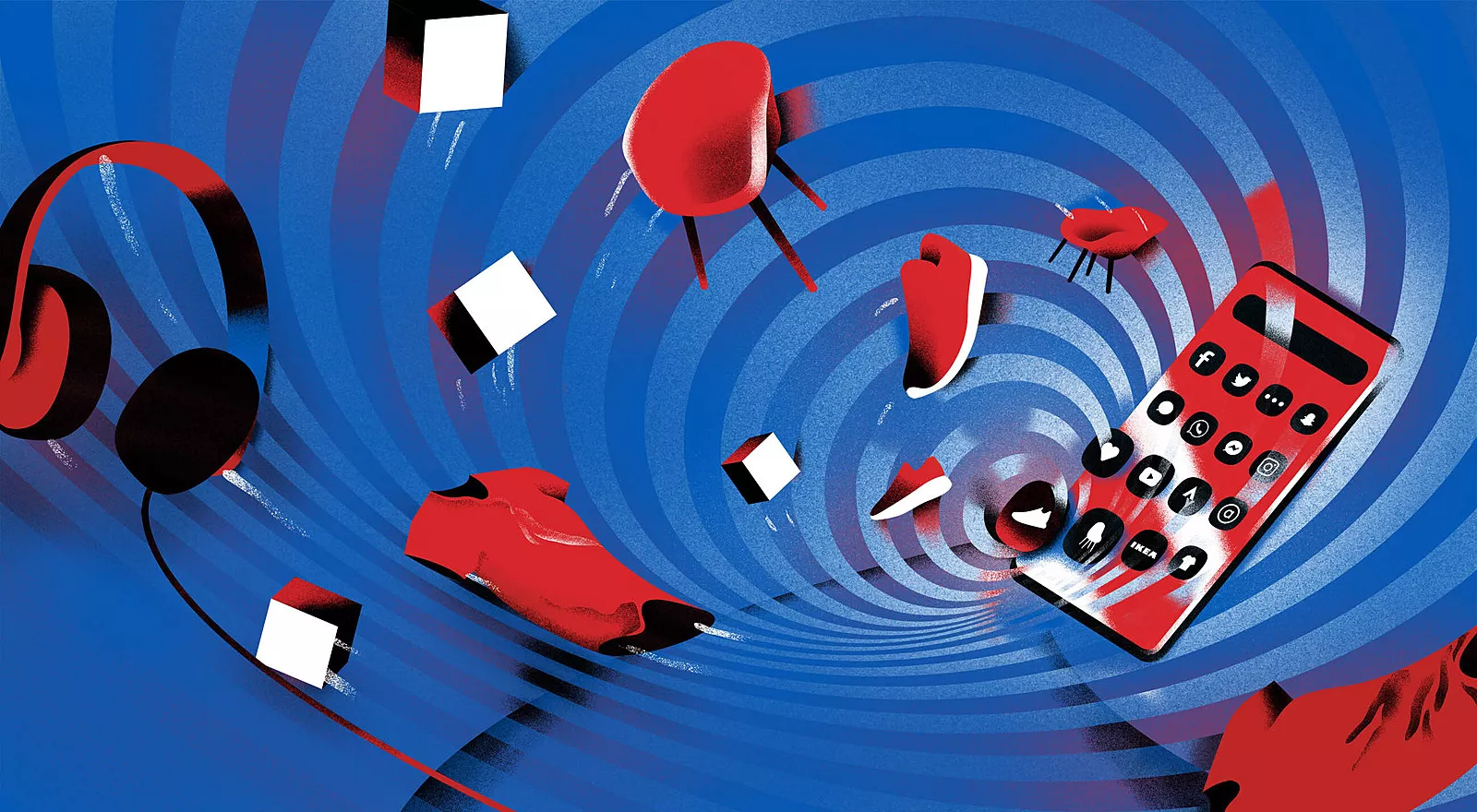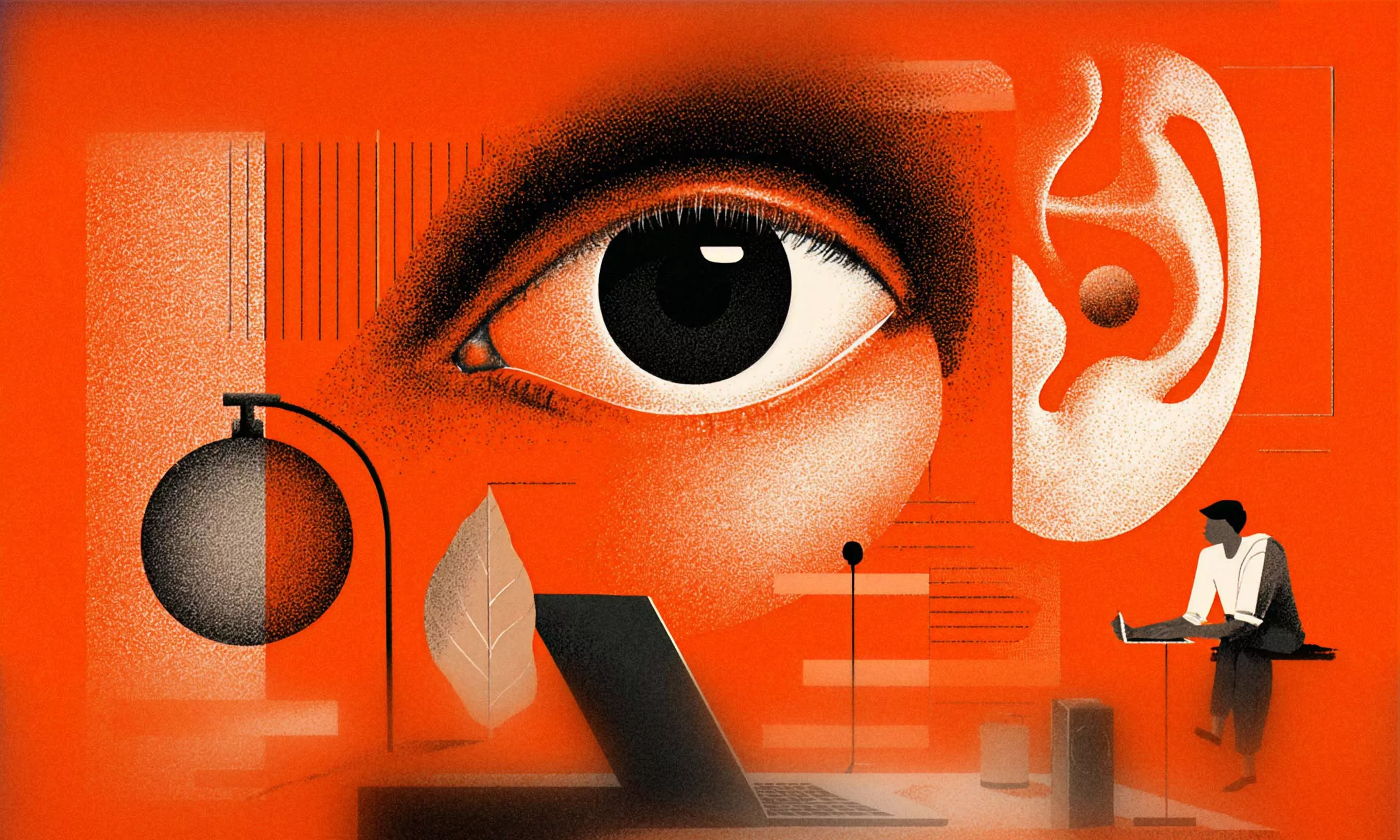Digital technologies are disrupting the majority of today’s industries, changing the way we live and interact with the world.
Marc Andreessen’s prediction has come true – software is eating the world indeed, and people have gotten used to having an app for just about anything.
We are witnessing the metamorphosis from the front row as companies reach out to us determined to reap the long-term benefits of implementing modern technologies. Getting there often means having to completely rethink business models and market strategies.
Technological innovation is not the same for everyone
Although the shift to digital holds ground for some industries and is a less obvious choice for others, most companies are finding themselves working or utilizing technology in one way or another.
In the proliferation of digital-first brands and industries which have partially or completely adapted to this new reality, it’s important to remember that implementing tech or embarking on a digital transformation is not a one-size-fits-all process.
Business leaders are often confronted with difficult questions when it comes to adopting new technologies. Operating a digital business requires investments, skills, and resourcing levels.
This is particularly evident with industry verticals whose primary sources of revenue come from physical products or services.
Can adding a layer of digital really bring value to inherently physical experiences and analogue products?
The pressure to innovate is there, but the vision is missing.
Different approaches prove beneficial for different industries
The financial services industry was able to make a complete transformation from brick and mortar to almost entirely digital.
Retail businesses are also reaping benefits after investing in new technologies, from e-commerce platforms to hybrid solutions like express in-store pickups or advanced drive-throughs.
Home appliance manufacturers are equipping their products with a range of connectivity and control functionalities.
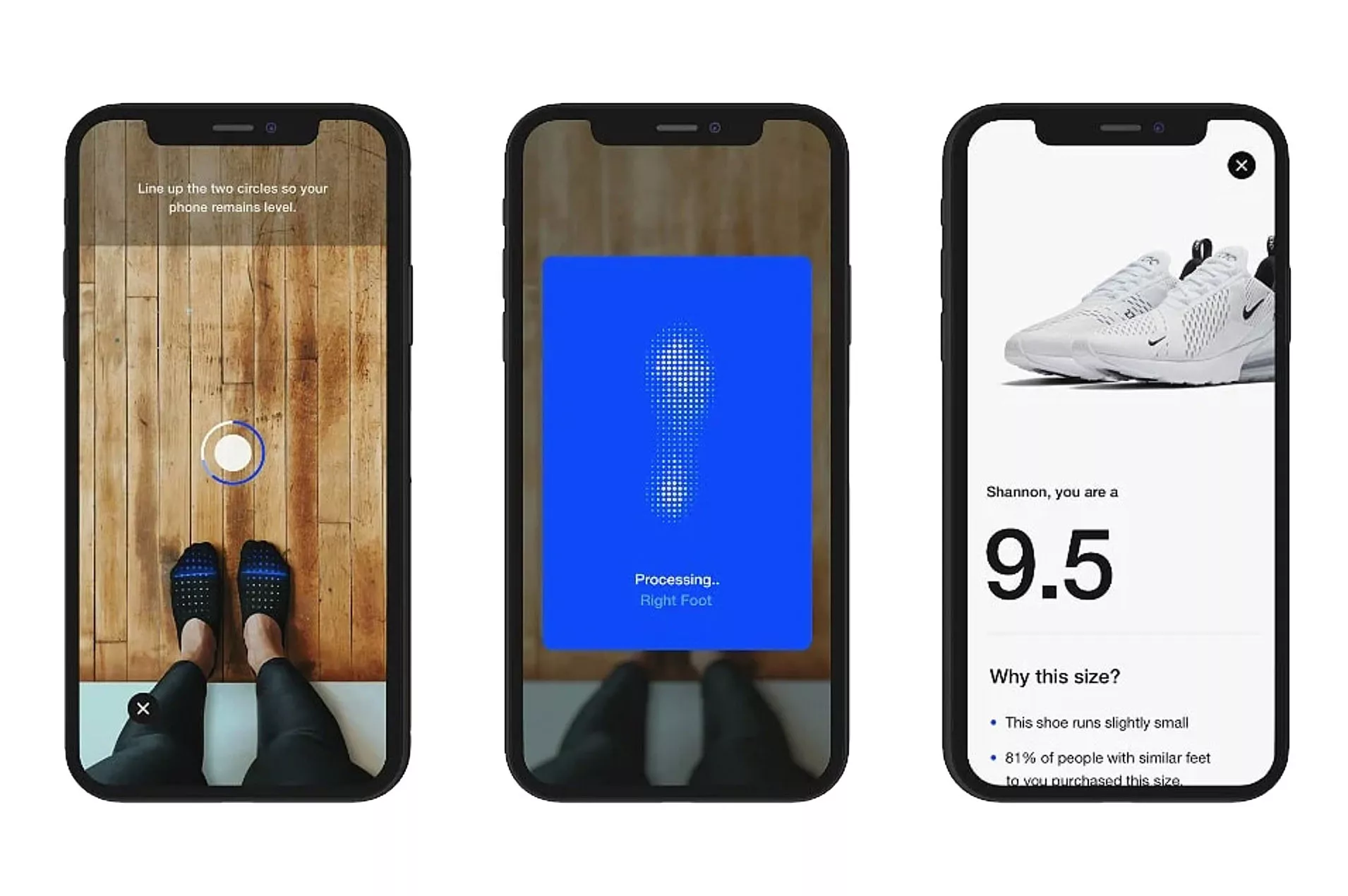
Why? Because consumers of today are digitally conscious and using their devices more than ever.
Brands that can’t be found in the digital realm are more likely to become irrelevant.
Yet, many brands make the mistake of assuming digital transformation doesn’t apply to physical products and don’t harvest the opportunity to reach potential audiences in their natural habitat.
Three ways to utilize a mobile app for a physical product or service
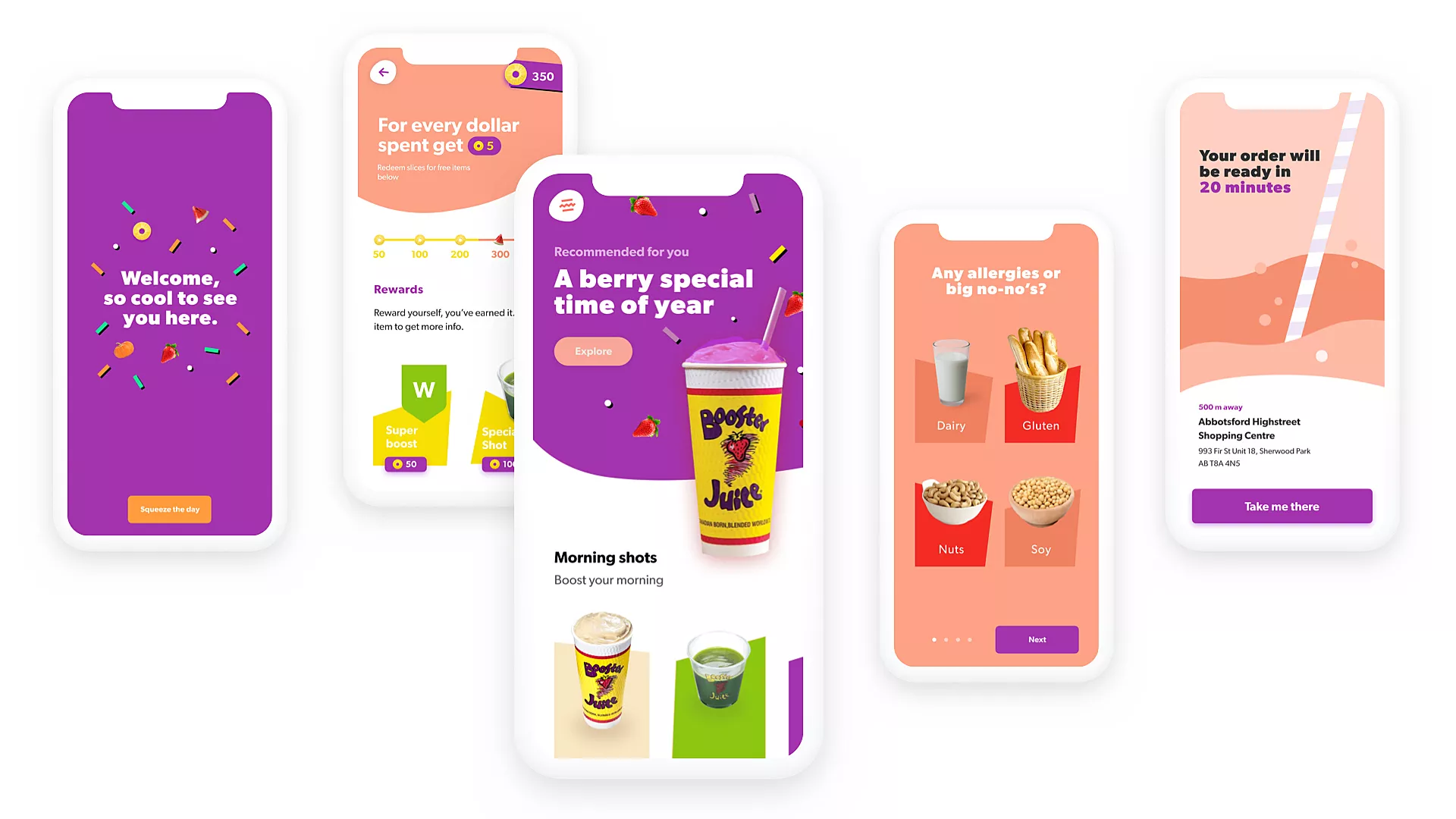
1. Generate real value for customers
One study found that 63% of shoppers choose mobile apps due to the convenience they offer, such as the speed of use, the option to store settings, as well as the benefits or collecting rewards.
Handy at all times, a mobile app is a practical tool for creating additional value around the core product, such as delivering convenience, personalizing the product offer, or incentivizing purchases.
Furthermore, brands use apps as a platform for exclusive content that helps use the core product more efficiently or more creatively, as well as a system for rewarding loyal customers.
Apps can also include features not necessarily related to the product’s main functionality, instead adding to the overall experience of using the product.
For example, many kitchen appliance brands use the digital platform to deliver recipes and cooking tips.
Furthermore, pharmaceutical companies might offer tools to track vitals, schedule therapy reminders, and improve patient well-being through improved drug adherence.
A running-shoe brand might offer a music player as a feature in their app, as the two are often used together while exercising.
Finding a solid use case is often more challenging than app development and marketing.
Discovery workshops are a real gem for finding purpose and direction.
2. Produce insight for the brand
Apps don’t just provide additional value to end-users, but also give brands vital insight.
In today’s supply chain, there might be multiple degrees of separation between manufacturers and consumers. Technologies like big data, cloud computing, and machine learning enable direct communication between them.
Behavioral information, combined with details like demographics and location presents a valuable resource for companies who want to better understand their consumers’ habits and preferences.
With data from the analytics tools from real users, companies can revisit the product and offer an updated version of a product that can bring more value to the user.
When interacting with a digital product, most actions can be tracked and attributed.
However, due to regulations like GDPR and CCPA, companies must explicitly disclose how they plan on using personal information and give each individual an option to opt out, preferably without crippling the app’s main features.
3. Tie multiple channels into one experience
Even if a brand’s product or service is 100% analogue in its nature, it can still respond to consumer demand for integrated experiences across multiple channels.
Disney, a global leader in selling experiences at scale, offers the Disneyland smartphone app that makes every visit more magical.
The app boasts features such as GPS-enabled maps for wayfinding, checking ride waiting times, booking dinner reservations, and even locating your favorite character mascots.
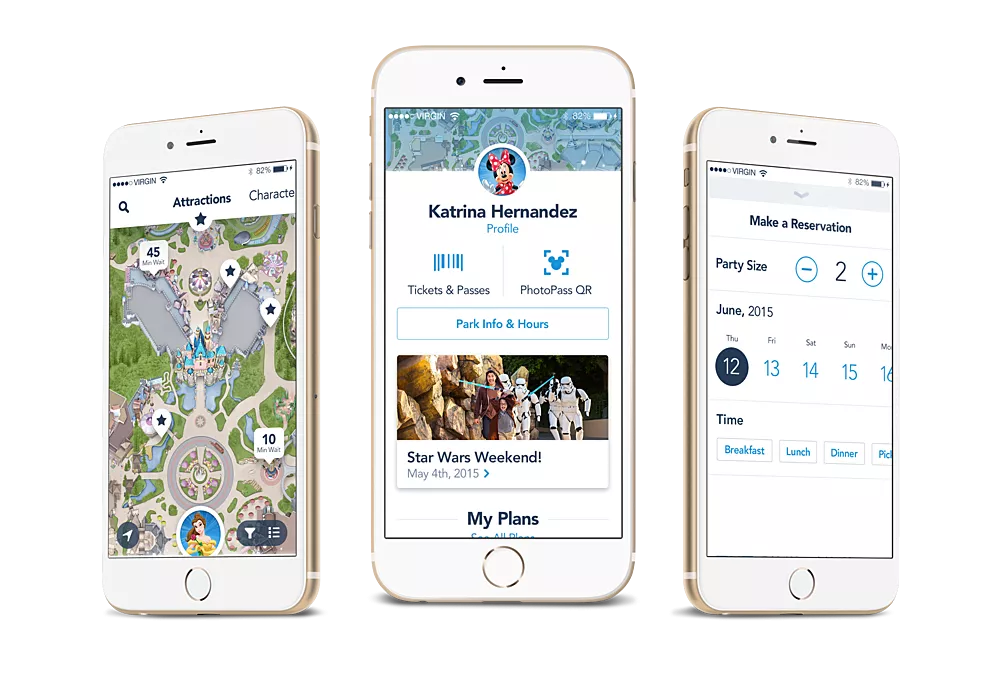
Another interesting example of seamlessly unifying both analogue and digital experiences is the stationary brand Moleskine.
Famous for its minimalistic leather notebooks, the team at Moleskine realized that consumers were shifting towards digital, and have created a series of innovative apps and products aimed at tech-savvy consumers.
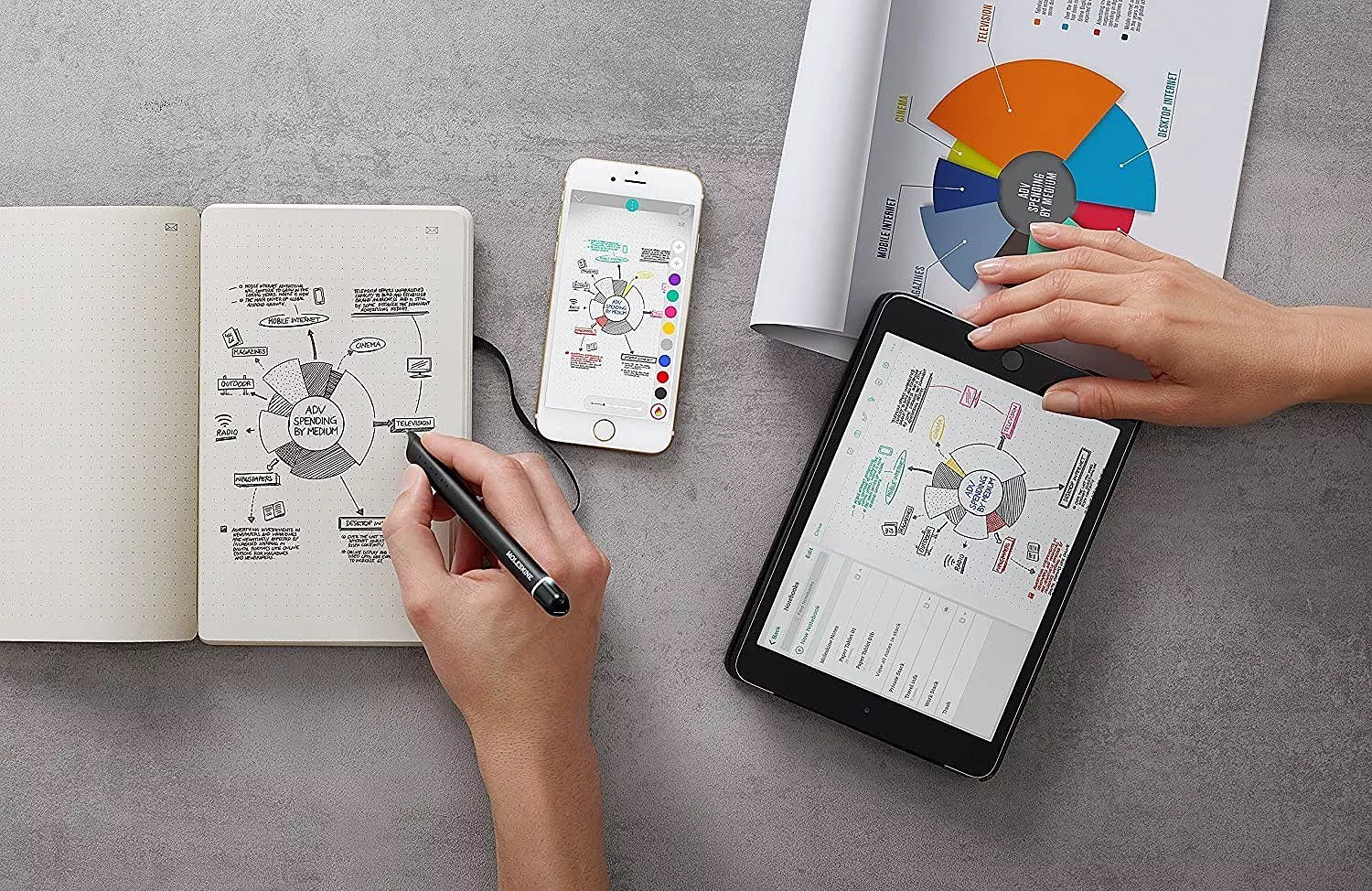
Upgrade the experience, not the product
Consider spending the night in a fancy restaurant or catching a movie at the cinema.
You could order Uber Eats or watch a film on Netflix instead, but these are two entirely different experiences.
Cinemas are offering complementary apps stimulating engagement and ticket purchases, but the core experience of watching a movie in an IMAX theatre is one that cannot be substituted.
Similarly, the majority of consumer products do what they are supposed to do as entirely analogue.
Think of a traditional vacuum cleaner. Sure, there is a wide selection of cordless robot vacuum cleaners on the market today, which can be programmed to cruise and clean exactly the path you set up for it, avoiding walls and other obstacles.
For many consumers though tidying up with the trusty dumb vacuum that plugs into the socket is good enough.
Just like many consumers won’t find enough value or justification to upgrade to the digitized, smart, and often significantly more expensive versions of traditional products, many traditional product companies are rightfully confused as to how or even why to invest in digitization.
Companion apps make physical apps and services more appealing to an ever-increasing pool of digitally conscious consumers.
With more gen-z consumers entering the workforce, we can expect more and more hyper-connected consumers with money to spend on enhanced physical products and services.
A companion app or a connected device?
In addition to augmenting a physical product or a service, there’s also a more disruptive direction to consider.
Instead of creating a companion app, some companies are integrating technology into the product itself, thus creating smart products and connected devices.
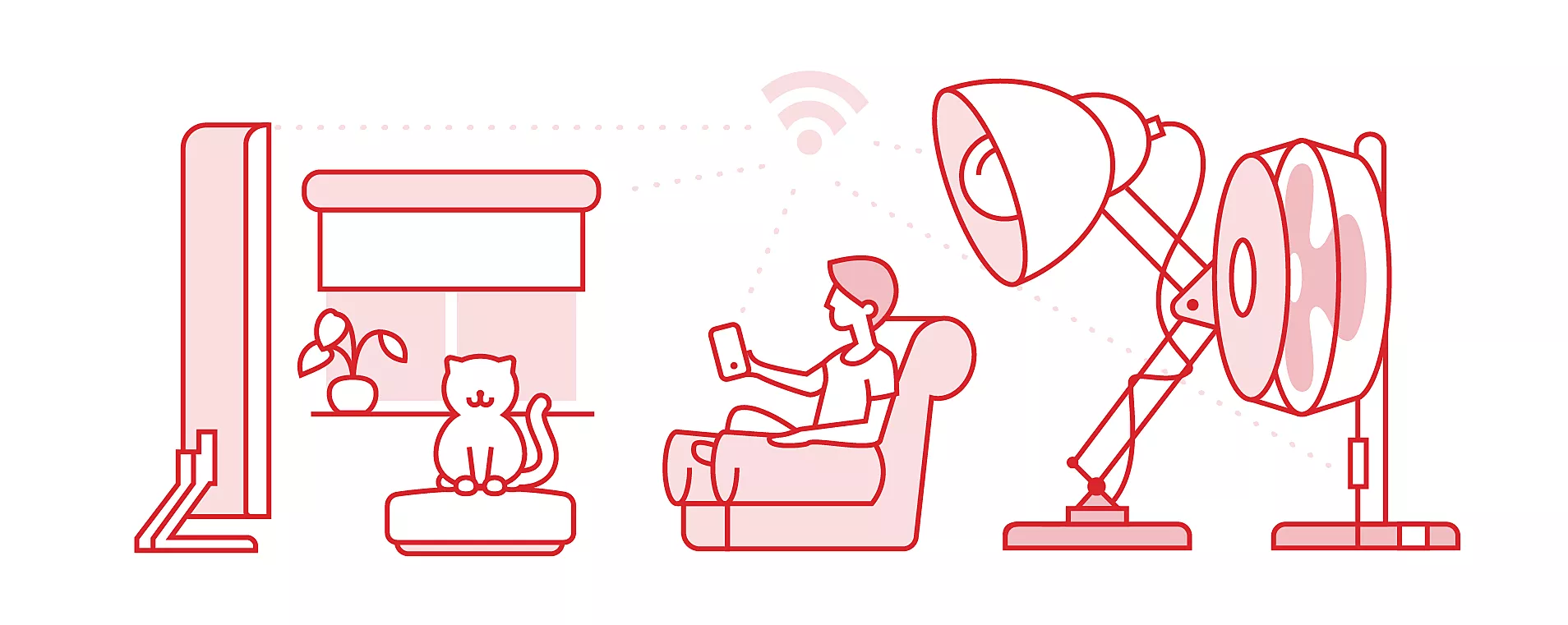
Creating a mass production IoT device requires specialized skills and domain experts that go far beyond just manufacturing, such as industrial design, electrical engineering, R&D, and marketing.
It makes sense for brands to step back and consider whether the benefits outweigh the cost of research, implementation, deployment, etc.
Create your own formula for success
Enhancing physical products and services with digital experiences is often not a straightforward process. The direction each business takes depends on the long-term vision, capacity, and opportunity.
Luckily, innovative businesses playing the long game are becoming increasingly aware of the profound impact of technology and taking action in the innovation department.
Is your business one of them?







